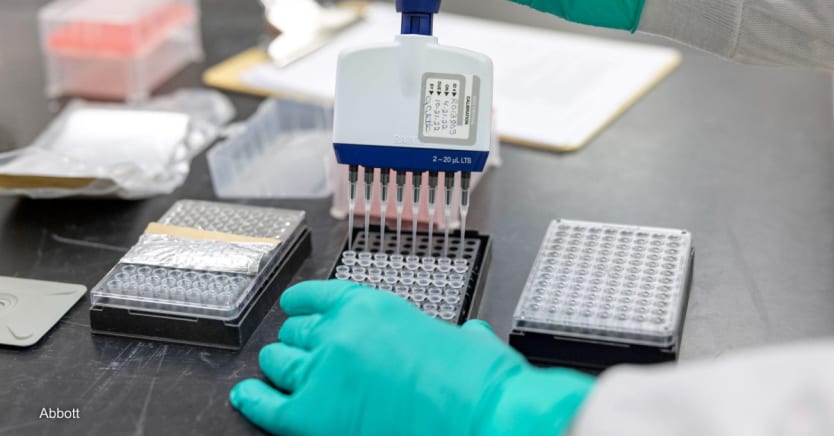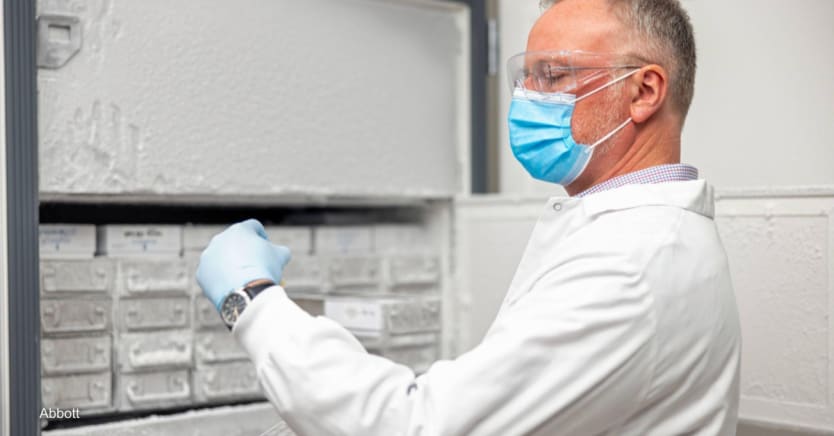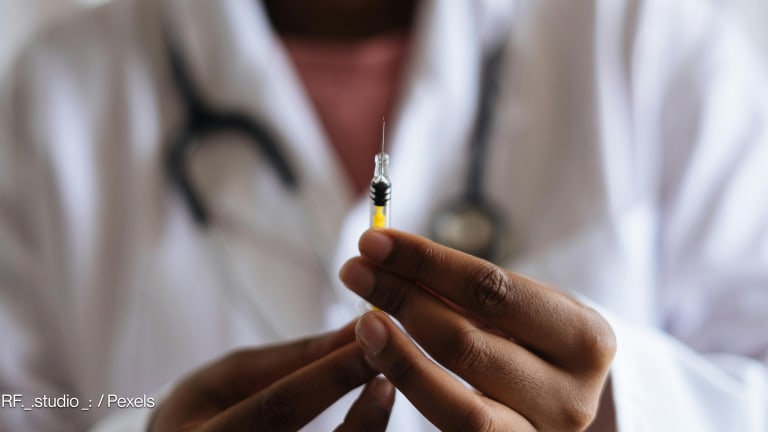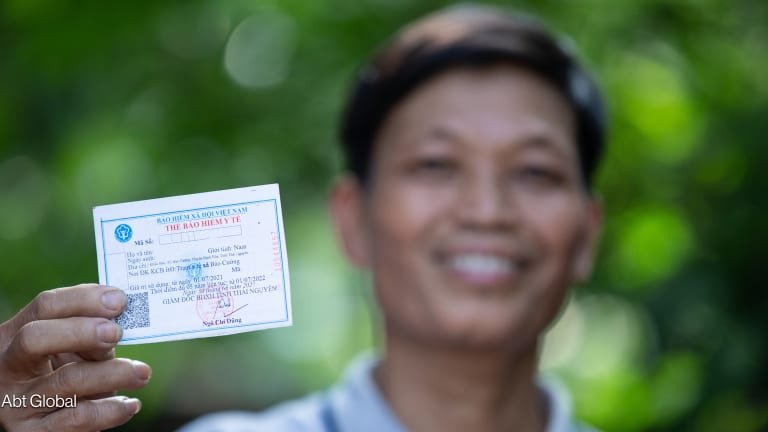
It’s time to renew efforts in the fight against HIV.
The COVID-19 pandemic threatens to reverse the progress made in recent decades. Globally, HIV testing has declined 22%, compared with pre-pandemic levels as funding and personnel previously intended for HIV testing and treatment were redirected to combat the pandemic.
On July 29, the 24th International AIDS Conference kicks off in Montreal. Enthusiasm is high, largely due to in-person attendance, the need to renew elimination efforts, and the convergence of lessons learned between the HIV epidemic and the COVID-19 pandemic.
One of those areas of convergence is the importance of testing, which has been a first line of defense across the world during the pandemic but whose value was already well known to the HIV community.
HIV testing and treatment have advanced significantly since the early 1990s, making it more possible than ever before to know your status in the acute infection phase — especially with the advent of fourth-generation HIV rapid tests that detect infection earlier. Knowing of a positive infection early not only increases the chances of treatment being effective, but also reduces the potential transmission of HIV.
By 2020, new HIV infections had declined by 31% globally compared with a decade before. Of the estimated 37.7 million people living with HIV that year, more than 28.2 million were on antiretroviral therapy. Although rates of HIV testing have increased significantly in recent times, an estimated 16% of individuals around the world who are HIV-positive still didn’t know their status in 2020.
This must change.

Rethink the approach to HIV testing
As a global health community, we must reengage to quickly expand access to HIV testing and treatment, especially for at-risk populations, as an important first step. Until COVID-19 vaccines are widely available in all countries, those with HIV remain at higher risk for severe outcomes from the coronavirus.
Today, we have an opportunity to rethink our approach to HIV testing — to take the lessons learned from testing throughout the pandemic and apply them to a best path forward, following the science and defeating the HIV epidemic for good.
Diagnostic solutions that create more widespread use of testing outside of traditional health care settings are needed. For example, self-testing is demonstrated to overcome barriers to determining HIV status and has the potential to increase testing access, especially for vulnerable populations.
HIV self-testing increases patient autonomy, combats stigma, and can help increase overall screening for HIV. It also incentivizes testing for those who face health care-related discrimination at clinics or who cannot easily access clinic-based testing.
A 2017 study conducted with participants aged 16-25 in Malawi and Zimbabwe found that HIV self-testing was highly accepted among young people. In this case, self-testing addressed youth-specific barriers to standard HIV testing, with home-based distribution considered convenient. Self-testing also helped address important considerations around autonomy, control and respect, and confidentiality for participants.
Still, many people are reluctant to get tested for HIV. Some patients fear a positive result — or the stigma they think such a result will bring. Others believe they don't need to test since they're not considered “at risk.” But anyone can contract HIV — no matter their socioeconomic status, sexual orientation, or gender.
Make testing routine
Imagine instead that HIV testing was the standard: a routine part of our health checkups and self-screenings at home, with a simple finger prick or oral swab. No possible shame — just routine.
Our experience with COVID-19 shows this is possible. People are now familiar with surveillance testing. Many learned they had the coronavirus even if they weren't showing symptoms or didn’t know they were exposed. That knowledge allowed them to quarantine to avoid spreading the virus or to seek early treatment.
The same thinking applies for HIV. If a person with no symptoms learns they're carrying HIV, they can modify their behavior to curtail the spread of the virus — and seek treatment that can effectively turn it into a manageable chronic condition.
As a leader in blood screening and infectious disease, Abbott has a long history in HIV advancements. These include the development of the first HIV blood test approved by the U.S. Food and Drug Administration in 1985 to the more recent identification of a new strain of HIV, marking the first time that a new “Group M” HIV subtype has been named since 2000.
Abbott makes HIV tests that detect, monitor, and track HIV. We’ve committed to making access and affordability core to our offerings, which is why we recently launched two new HIV self-tests — CheckNOW and Panbio — for international markets. Together, these tests are part of our promise to improve the lives of 1 in every 3 people in the world by 2030 through making our technologies easier to find, use, and afford.
Decades of innovation, experience, and greater understanding of prevention and treatment have made ending the HIV epidemic a more realistic public health goal. We've become accustomed to regular COVID-19 testing, especially self-testing, to protect ourselves and others. It's time to do the same for HIV — and end the epidemic once and for all.
Reengaging in the fight against HIV/AIDS means working together as a global health community to expand access to testing and treatment, incentivizing more widespread use of regular prescreening, and working to break down barriers of persistent stigma.








